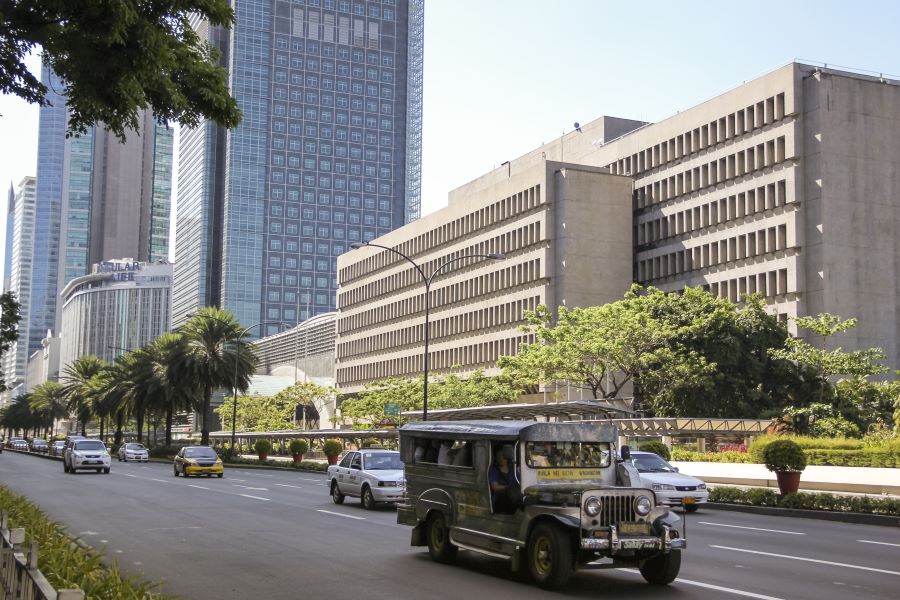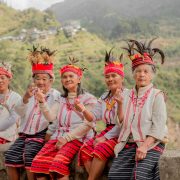Jaz is a designer and copywriter fueled by coffee. If…
The Philippines is an archipelago in Southeast Asia with 7,000 islands and 17 multicultural regions. Each province in the country has its own traditions, native materials, and spoken word among other things. Because of these unique differences, there’s a long list of languages in the Philippines that locals use to converse.
The Different Languages in the Philippines
While Tagalog and English are the most known and official languages used in the country, there are over a hundred more languages that natives use. In fact, according to the Manila Times, there’s a total of 186 languages in the Philippines, combining both indigenous and non-indigenous languages. These are often confused with dialects––which are variations of the regional language with minor differences because of how locals use the vocabulary, pronunciation, and grammar in speech.
To know and understand some of the most-spoken native languages across the country, here are ten of them:
-
Tagalog
Commonly known as “Filipino,” Tagalog is the national language of the Philippines and serves as the lingua franca––the language used by speakers whose native tongues are different. It’s spoken as a first language by roughly a quarter of the population and as a second language by most Filipinos.
Tagalog is generally the medium of instruction in schools and is the language used in government and media. It’s where Philippine modern baybayin charts are derived from aside from the ancient baybayin texts.
-
Cebuano
Cebuano is the second most widely spoken language in the Philippines, hailing from the Visayas region and parts of Mindanao. It’s grouped with the Austronesian language family and is closely related to other Visayan languages such as Hiligaynon, Waray-Waray, and Boholano.
Roughly 20 million Filipinos speak Cebuano, and it’s mostly used in areas like Cebu, Bohol, and Davao. Because of its prominence, neighboring provinces have adopted the language, making Cebuano a vital linguistic bridge.
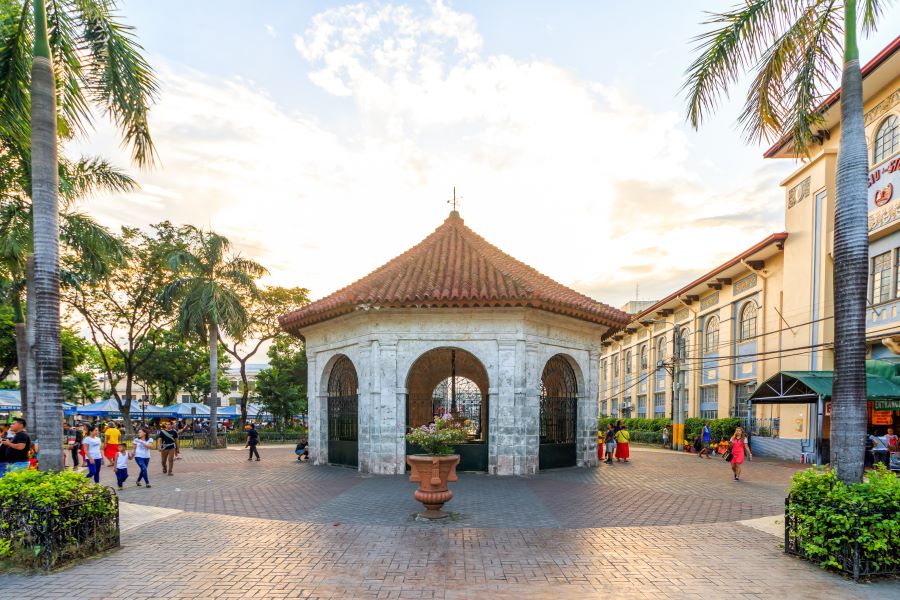
-
Ilocano
Ilocano originates from the Ilocos Region in the northern part of Luzon. It boasts around 7 million speakers, predominantly in Ilocos Norte and Ilocos Sur. It’s a celebrated language for its rich literary tradition and has produced renowned Filipino writers and poets like Carlos Bulosan and Manuel Arguilla.
-
Ilonggo
Also known as “Hiligaynon,” Ilonggo is spoken in the Western Visayas region, particularly in Iloilo, Negros Occidental, and Capiz. There are an estimated 10 million Ilonggo speakers and is the primary mode of communication for the Ilonggo people. The language’s distinct charm comes from its musical intonation and expressive vocabulary.
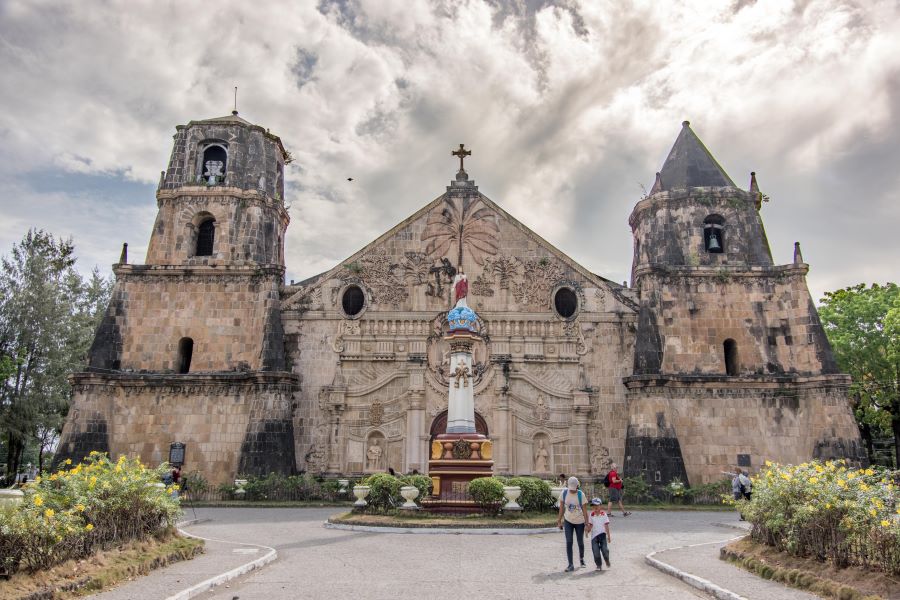
-
Waray-Waray
Waray-Waray is the dominant language in the Eastern Visayas region used in Samar and Leyte. It has approximately 3 million speakers and is similar to Cebuano, Ilonggo, and Bicolano languages. Despite its relatively smaller number of speakers compared to other major languages, Waray-Waray is culturally significant and is known for its vibrant literature and music.
-
Kapampangan
Kapampangan is spoken in the province of Pampanga and parts of Tarlac and Nueva Ecija. The word “Kapampangan” itself means “from Pampanga” which can also refer to its people. The language is part of the Austronesian family closely related to Tagalog, Ilocano, and Bicolano.
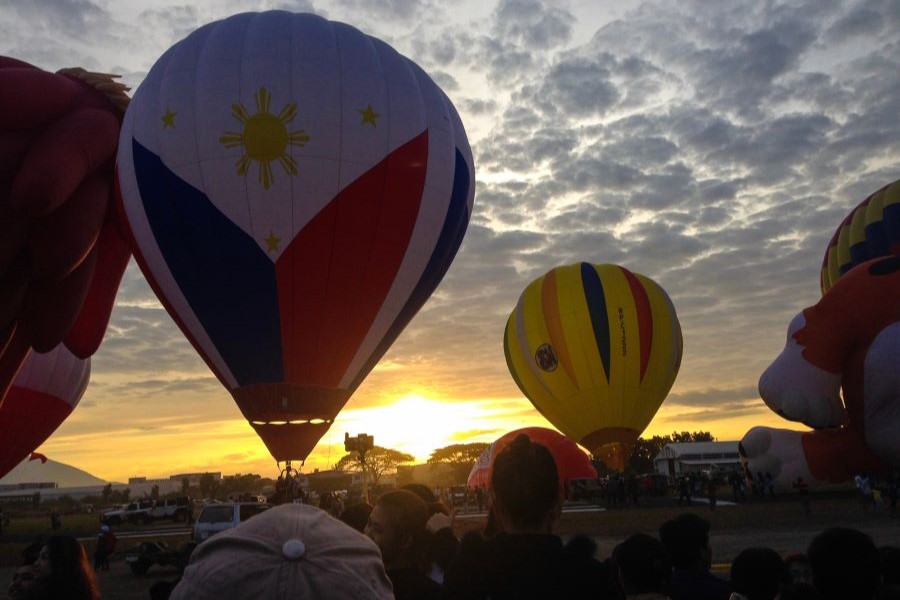
-
Pangasinense
The Pangasinense language is native to the province of Pangasinan in the western part of Luzon. With around 2 million speakers, it is recognized for its distinct poetic style and oral traditions. The language can also be referred to as Pangasinan or Ilocano-Pangasinan and is also spoken in La-Union and Tarlac.
-
Tausug
Tausug is a language spoken by the Tausug people in the Sulu Archipelago, part of the Autonomous Region in Muslim Mindanao (ARMM). It’s one of the languages that belong to the larger group of languages known as the Tausug-Bisaya and is considered a dialect of Malay mixed with Spanish and Arabic words.
The Tausug language is centuries old born of the Indonesian and Malaysian influence in southern Philippines. And while Tausug speakers are decreasing because of local migration and urbanization, it’s still considered one of the major languages in the country.
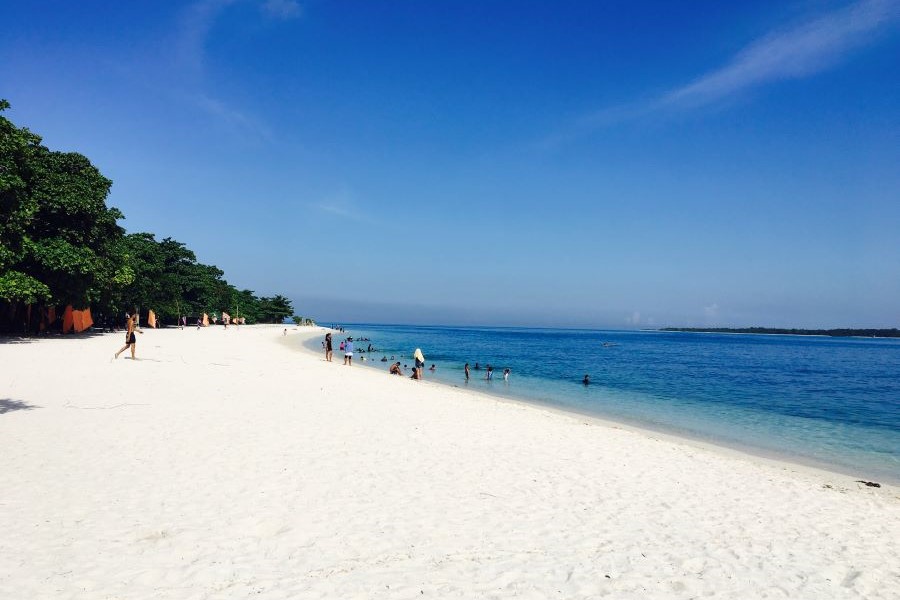
-
Bicolano
Bicolano is the language of the Bicol Region in southeastern Luzon. It belongs to the Austronesian family, similar to Cebuano, Hiligaynon, and Waray. The language’s most prominent dialect is Central Bicolano––which is spoken in major urban areas in the region. However, its other dialects like Northern Coastal Bikol, Southern Bikol, and Bisakol, are used in their own respective localities in the region.
-
Aklanon
Also known as “Banwa” and “Aklensya,” Aklanon is the language spoken by the locals of Aklan, a province in the Western Visayas Region. It’s a member of the Visayan languages group and is closely related to Hiligaynon and Cebuano.
Aklanon is a tonal language, which means that the meaning of a word can change depending on the tone used. This makes the Aklanon language sound very expressive and musical.
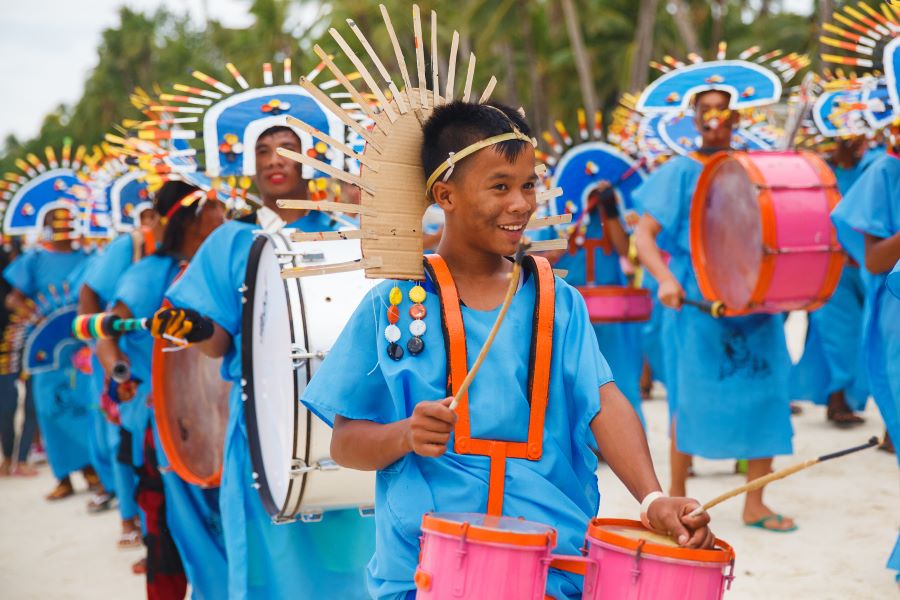
The linguistic diversity of the Philippines is a testament to its complex history and multicultural heritage. The languages spoken across the archipelago are more than a means of communication, but repositories of culture, tradition, and identity.
So, in this land of rich languages, dare to explore! As a Modernang Pilipina or a Moderna a Filipina, it’s good to enrich your knowledge of Filipino culture and connect with your people. Take a moment to soak in the linguistic wonders that make our country extraordinary.
What's Your Reaction?
Jaz is a designer and copywriter fueled by coffee. If there was one thing you need to know about her, it’s that out of all desserts, strawberry ice cream prevails.

